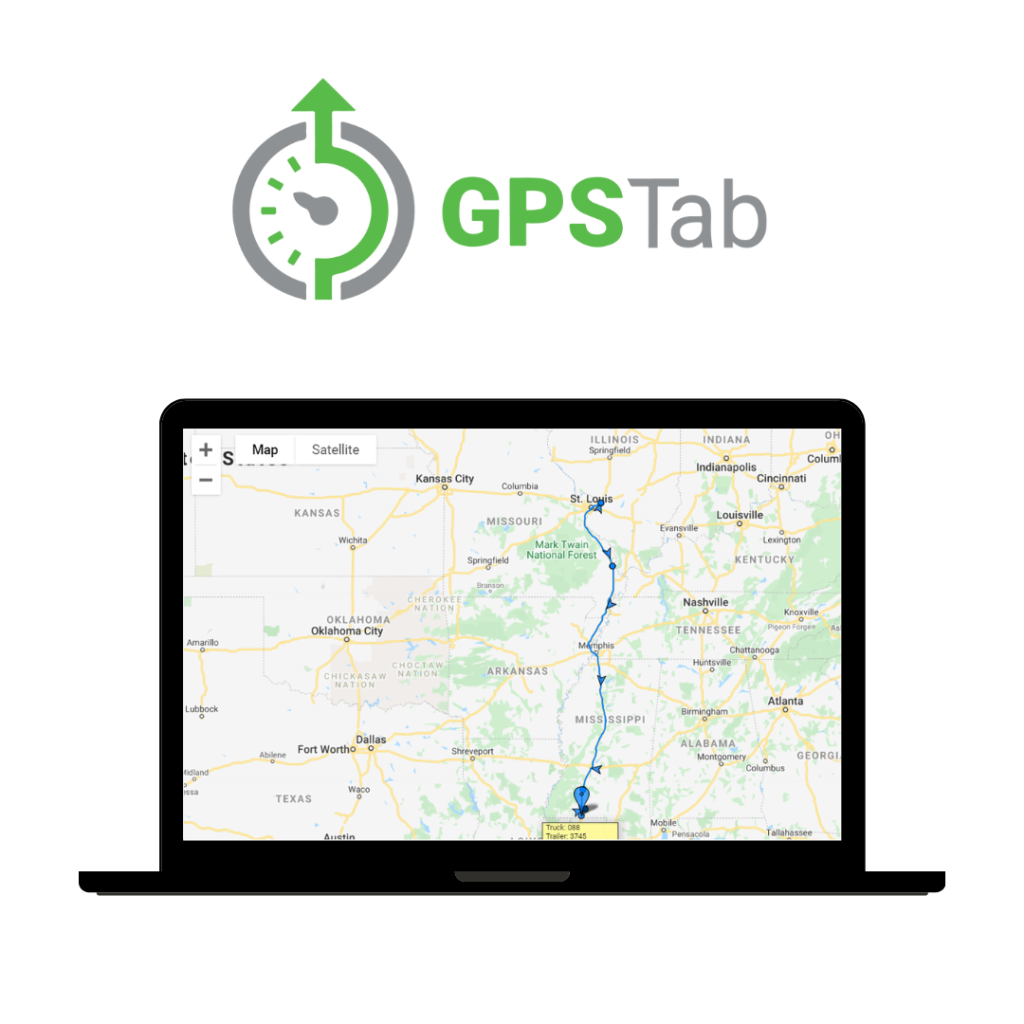Streamlining Service Fleet Operations: The Power of Route Optimization

Service fleets are the backbone of various industries, including plumbing, HVAC, landscaping, non-emergency medical transportation, and delivery services.
If you’re one of these companies, we know you rely heavily on vehicles to reach customers promptly and efficiently. However, managing multiple stops and delivery points on a tight schedule can be challenging.
This is where route optimization comes into play. So, let’s explore the significance of route optimization for service fleets and how it can enhance efficiency, reduce costs, and simplify operations.
Service Fleet Challenges

Service fleets face unique challenges that demand effective route planning. They operate under time constraints, with appointments and deliveries that require promptness.
Managing multiple stops and delivery points manually becomes impractical, necessitating the use of specialized tools. Additionally, service fleets have varying requirements, such as vehicle capacity and customer preferences, which need to be considered when optimizing routes.
Benefits of Route Optimization
Route optimization brings several advantages to service fleets. First and foremost, it enhances efficiency by minimizing travel distance, reducing idle time, and eliminating unnecessary detours.
This leads to improved fuel efficiency, reduced wear and tear on vehicles, and lower operational costs. Efficient route planning also saves time, allowing service fleets to accommodate more appointments within the same timeframe.
By minimizing delays and ensuring prompt arrivals, route optimization improves customer service and satisfaction. Finally, optimized routes help service fleets cut down on fuel consumption, maintenance costs, and labor expenses, resulting in significant cost savings.
Leveraging Technology

To tackle the complexities of route optimization, service fleets can harness the power of advanced technology solutions.
Specialized route planning software automates the process by considering real-time traffic data, vehicle capacities, and time constraints, generating the most efficient routes.
Integration of GPS tracking and telematics systems allows fleet managers to monitor vehicle locations, driver behavior, and real-time traffic conditions, enabling informed decision-making and proactive issue resolution.
For example, Imagine this scenario:
Have you ever sent a technician or driver to a site that is an hour away, only to discover later that another one of your vehicles was just five minutes away from that job?
Such instances not only waste time and fuel, but also lead to missed opportunities for optimizing routes and increasing productivity.
By implementing GPS tracking systems, fleet managers can overcome this challenge. With real-time tracking, they have a clear and up-to-date view of the location of each vehicle in their fleet.
This information enables them to identify nearby vehicles and make smarter decisions when assigning jobs or re-routing vehicles. Fleet managers can efficiently dispatch the nearest available vehicle to a customer site, saving time and reducing unnecessary travel.
Best Practices for Route Optimization

When implementing route optimization strategies, service fleets should consider the following best practices:
- Regularly analyzing and updating routes is crucial to accommodate changes in customer locations, road closures, and traffic patterns.
- Involving drivers in the route planning process promotes better understanding and allows their valuable feedback to be incorporated.
- Effective communication between fleet managers and drivers ensures accurate information, instructions, and updates are provided, streamlining operations and minimizing confusion.
- Lastly, service fleets should embrace a culture of continuous improvement by gathering feedback, analyzing performance metrics, and implementing necessary adjustments to optimize routes further.
Route optimization plays a pivotal role in enhancing the efficiency and cost-effectiveness of service fleet operations.
By minimizing travel distance, saving time, improving customer service, and reducing expenses, optimized routes bring significant benefits to service fleets.
That’s why a system like GPSTab can help your fleet adopt better practices to further streamline your operations and drive continuous improvements. Along with GPSTab’s FleetView device, you can get real-time locations for your fleet to maximize route efficiency and dispatching.
Learn how GPSTab’s FleetView device can help you optimize your dispatching and increase profits by filling out the form below!





